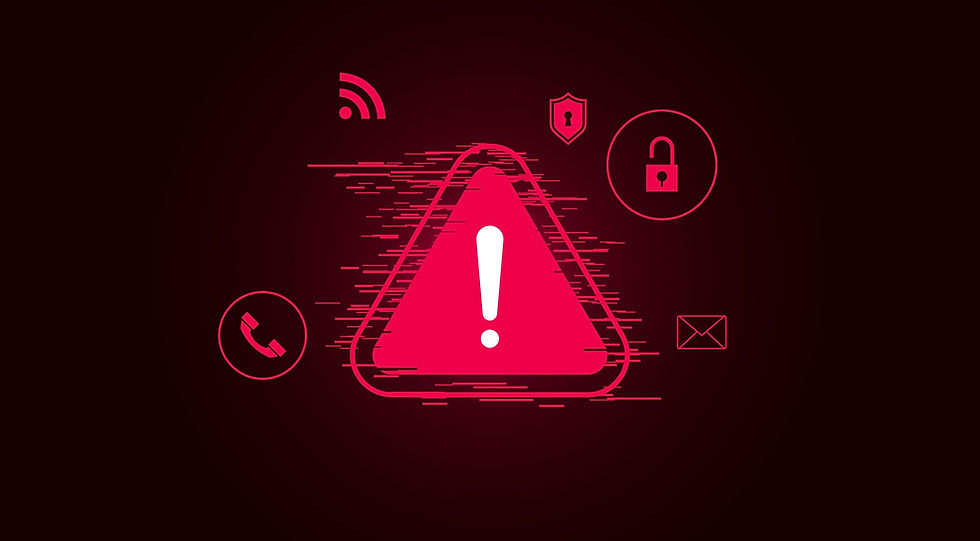The Importance of Employee Training in Defending Your Business Against Phishing Scams
- Joel Proulx
- Jun 19, 2024
- 2 min read
Updated: Feb 12

The digital landscape is undergoing a significant transformation. Advancements in Artificial Intelligence (AI) and the emergence of Deepfakes, digitally altered videos, have made it more difficult than ever to separate fact from fiction. This evolution extends to the world of cybercrime, with phishing scams utilizing these new technologies to deceive unsuspecting persons.
Gone are the days of poorly written emails with glaring grammatical errors. Today's phishing scams are meticulously crafted, leveraging AI to mimic trusted voices and forge documents with near-perfect accuracy. This creates an illusion of legitimacy designed to deceive you.
The cost of a successful phishing attack can be devastating. Financial losses, data breaches, reputational damage, and disrupted operations are all potential consequences.
In this constantly evolving threat environment, how can organizations effectively defend themselves? The answer lies in a critical, yet sometimes overlooked, line of defense: employee cyber training.
Understanding the Phishing Threat
Here's how training your employees can increase their threat awareness and significantly benefit your business:
Reduced Risk of Successful Attacks: Empowered with knowledge, employees become more vigilant in identifying suspicious emails, links, and attachments.
Enhanced Security Culture: Training fosters a culture of security awareness within the organization, where everyone plays a role in protecting sensitive data.
Improved Employee Productivity: By reducing the time and resources spent dealing with phishing attempts and their aftermath, employees can focus on core tasks.
Key Elements of Effective Cybersecurity Education
An effective phishing awareness program goes beyond a one-time lecture. It should include:
Interactive Training: Engaging simulations, real-world examples, and role-playing exercises help employees recognize red flags and practice safe behavior.
Regular Updates: Phishing tactics change, so training content should be updated frequently to reflect the latest trends and threats.
Clear Reporting Procedures: Employees need to know how to report suspicious emails and whom to contact if they believe they've fallen victim to a scam.
Simulated Phishing Exercises and Real-World Examples
The fight against phishing is an ongoing battle. Cybercriminals are constantly adapting their tactics, so your defenses need to evolve as well. Regularly review your training program, stay informed about emerging threats, and adjust your approach accordingly.
By prioritizing employee training in phishing defense, you can significantly reduce the risk of falling victim to these scams. Let PremCom provide you with a full picture of your company's security posture and potential risk, so your employees can become your strongest point of protection.
Contact PremCom today or learn more about PremCom’s Security products here.



